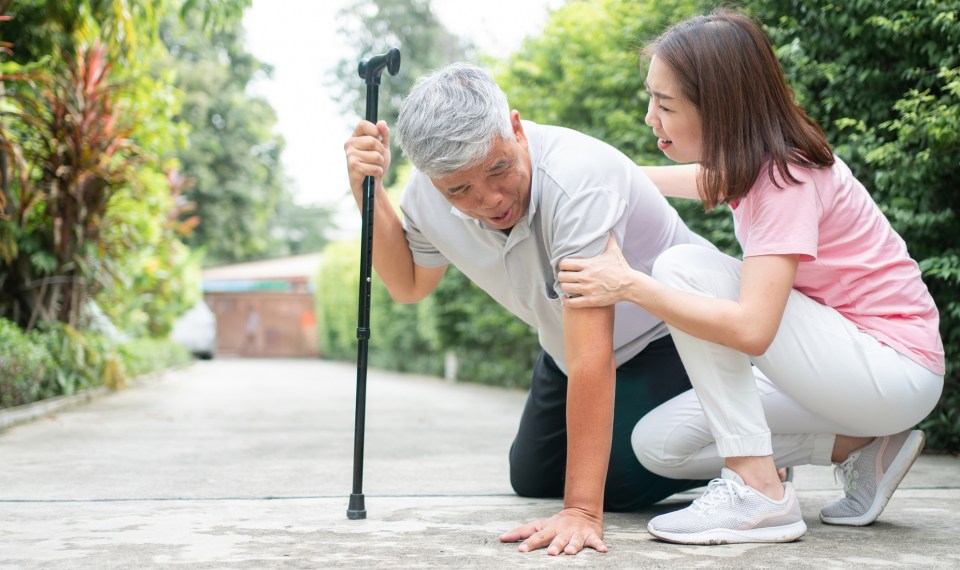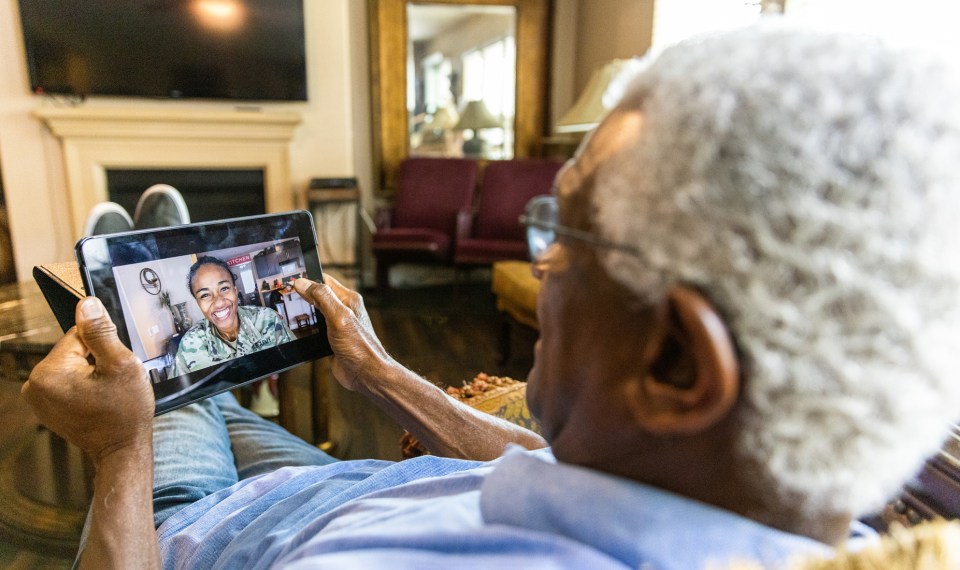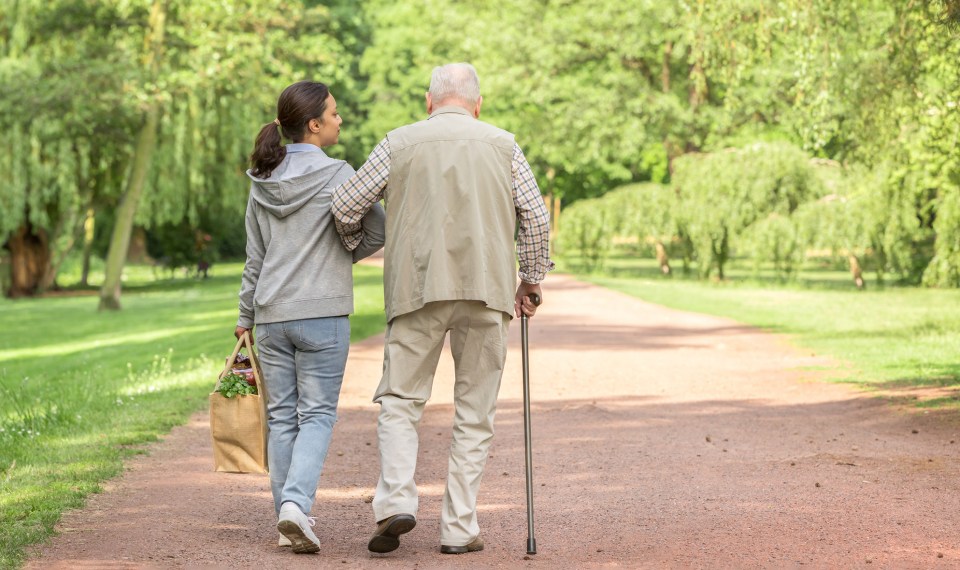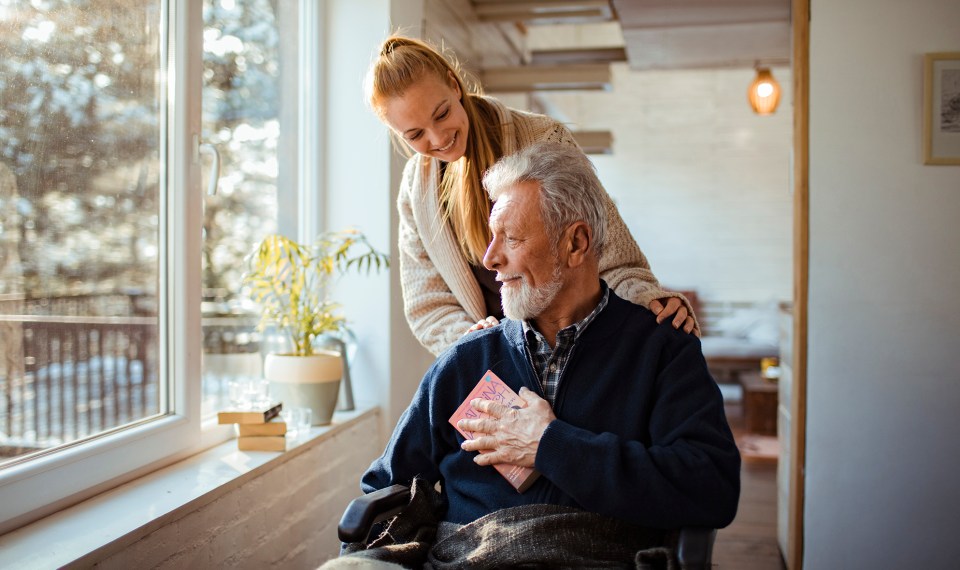Falls are a scary thing. It’s normal to feel scared of falling, especially if you have fallen before. Even those who don’t fall can develop the fear if they have a friend who’s fallen. Falls among adults 65 and older can be dangerous and costly. According to the Centers for Disease Control and Prevention, about $50 billion is spent each year on medical costs related to non-fatal falls. One out of five falls causes a serious injury such as a head injury or fracture. Even though we cannot always prevent a fall, it is possible to take measures to help reduce risk of injury related to a fall. There are also things that you can do to be less fearful of falling.
Why do Falls Occur?
Balance problems are very common in the elderly population. Fear may develop as people begin to lose control of their balance. Problems with balance and strength put you at risk for a fall. Some people tighten their muscles when they feel they are about to fall. However, this stiffening can limit the range of motion and make a fall more likely.
Some contributing factors for a fall include:
- Problems with vision or the inner ear
- Loss of sense of touch in the feet and ankles
- Dizziness due to medical conditions such as orthostatic hypotension or diabetes
- Weak muscles, especially in the legs
- Foot problems and foot deformities
- Memory loss, confusion or difficulty with problem-solving
- Medication-related falls
- Environmental risks such as outside hazards like icy sidewalks and home hazards such as loose throw rugs and risky footwear like flip-flops or high heels
Tips to Prevent a Fall
Talk to your doctor. Make sure to see your doctor regularly and inform them of any falls or changes to your health. Some of the medications that you use could lead to side effects such as dizziness and drowsiness that may lead to a fall. Common medications that can cause these side effects are blood pressure, pain, and sleep medications and antidepressants. Because the way your body reacts to medicines can change as you age, you should regularly review all your medications with your doctor. They will be able to make changes to them if needed.
See your eye doctor and make sure your eyewear prescriptions are up-to-date. Poor vision and conditions such as glaucoma and cataracts increase the chances of falling.
Remove hazards. There are several measures you can take in your home and outside of it to reduce the risk of a fall.
- Remove loose rugs and cords and keep pathways clear.
- Install grab bars as needed in the bathroom near the toilet and in the shower. Install railings as needed throughout the house.
- Add railings to stairs.
- Choose chairs with long arm rests. Using rails or arm rests improves safety with getting in and out of a chair. When sitting down, back up until you feel the chair against the back of both your legs. If you have a walker, back up with the walker. Next, reach back for the armrests and lean forward to sit down on the chair.
- If your couch is too low, making it hard to stand up, consider purchasing couch risers.
- Keep things within reach. Keep things you often use within reach, including water, remote control, books or tissues. Keep items in the same place to establish a familiar routine.
- Use walker trays with your walker to help carry items safely from room to room.
- Re-arrange furniture to open the area and remove unnecessary obstacles in your path. You can also keep the furniture in strategic locations in case you need to hold onto them as you walk.
- In your bedroom, consider repositioning your bed against the wall to make it more accessible. You can add bed rails that can be installed under the mattress to help get in and out of bed safely.
- Make sure to have proper fitting footwear.
- Consider purchasing adaptive equipment (reachers for hard to reach items, tub transfer bench to improve safety getting in and out of the tub, handheld shower, etc.)
Begin strength and balance exercises. Exercise helps prevent falls by strengthening your muscles and improving balance. Regular exercise and staying active is one of the best ways to prevent falls. Balance, strength, endurance and flexibility all come from exercise. Good activities to improve balance include Tai chi, yoga, dance and stretching. Yoga and tai chi not only help with balance but also provide a time for recollection and quiet meditation. Cleansing your mind with these activities can help you focus on what’s important in your life—your health and your family. Peer support has been shown to be very effective. Get out and exercise with a group; it will build up your confidence so that you can actively work on your balance. Also remember to use the heel-toe walking method. Focus on getting the heel down first with every step. When you are walking, be aware of your surroundings.
How to Get up after a Fall
It is important to be able to reach for help in the unfortunate event that you have fallen. Always keep a cell phone with you. Put it on a lanyard around your neck while you move around so that you have it with you constantly throughout the day. Keep a list of emergency numbers near your phone and in your cell phone. There are home monitoring devices also available. If you fall, you can press a button on the device around your neck or wrist. This alerts emergency responders to come and help you.
Steps to Get Up if You have Fallen
If you have fallen, the first thing you need to do is make sure you are not hurt.
- Stay calm. Do not get up suddenly; wait for a few minutes to make sure you are not injured or dizzy.
- Slowly move your hands, feet, arms and legs, and make sure you are not in pain.
If you are in pain, wait for help to arrive before moving. Do not attempt to get off the floor if you are injured. It can make the injury worse.
- Call 911 and wait for help to arrive, and let them know what area of your body is hurting.
- If there is a pillow within reach, use it to place under your head.
If you are not injured or in pain, it is very important that you know how to get up safely.
Prepare, Rise and Sit
There are three main steps to fall recovery: Prepare, rise and sit.
Prepare: While you are on the ground, don’t try to stand up on your own. Look around for a sturdy piece of furniture like the sofa or a sturdy chair. Now roll over to your side by first turning your head in the direction of the sturdy furniture, followed by your shoulders, arms, hip and your leg moving to the side.
Rise: Push your upper body up and lift your head, and make sure you feel steady.
Now get up on your hands and knees and crawl to the sturdy chair or furniture. Place your hands on the chair and slide one foot forward so that it is flat on the floor in preparation for kneeling.
Sit: Keep the other leg bent with the knee on the floor. From this kneeling position, use your hands to slowly rise and turn your body to sit on the chair. Do not get up suddenly; let your body rest and sit for a few minutes before you do anything else.
Know your body and know your limitations. Fall prevention is key. If you have fallen, feel unsteady or if you are afraid that you may fall, make sure to talk openly with your doctor. He may change your medications, prescribe physical or occupational therapy, and get you started on a fall prevention program.
The content of this site is for informational purposes only and should not be taken as professional medical advice. Always seek the advice of your physician or other qualified healthcare provider with any questions you may have regarding any medical conditions or treatments.




